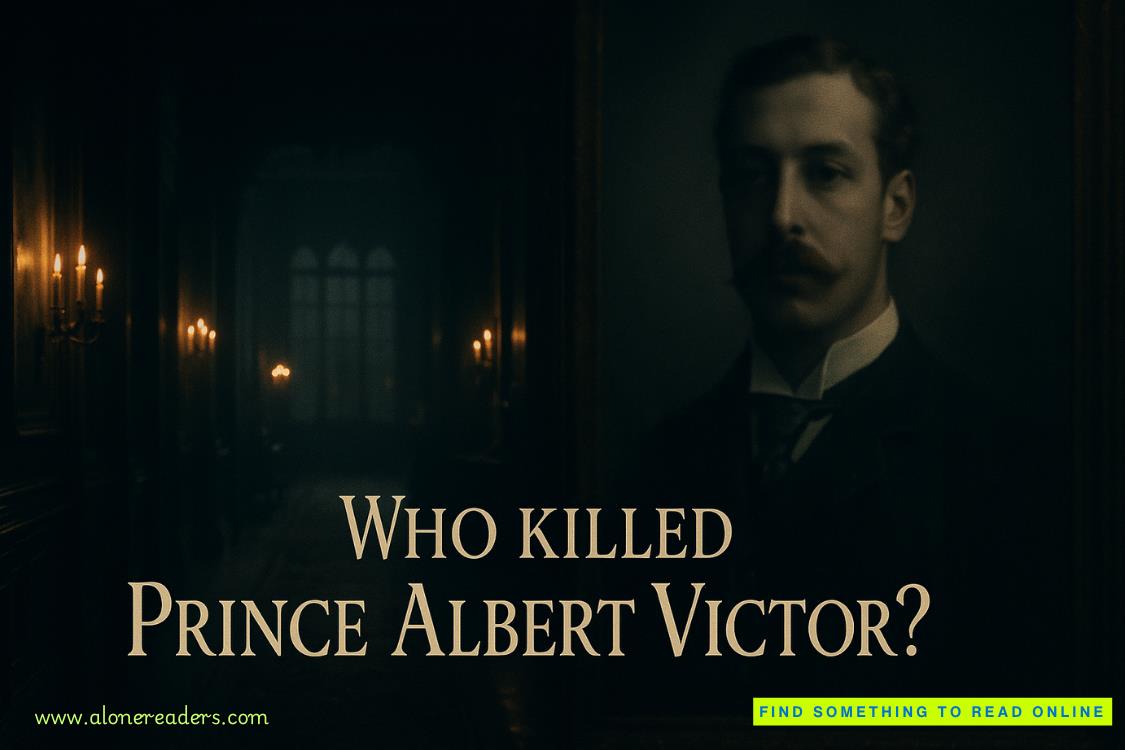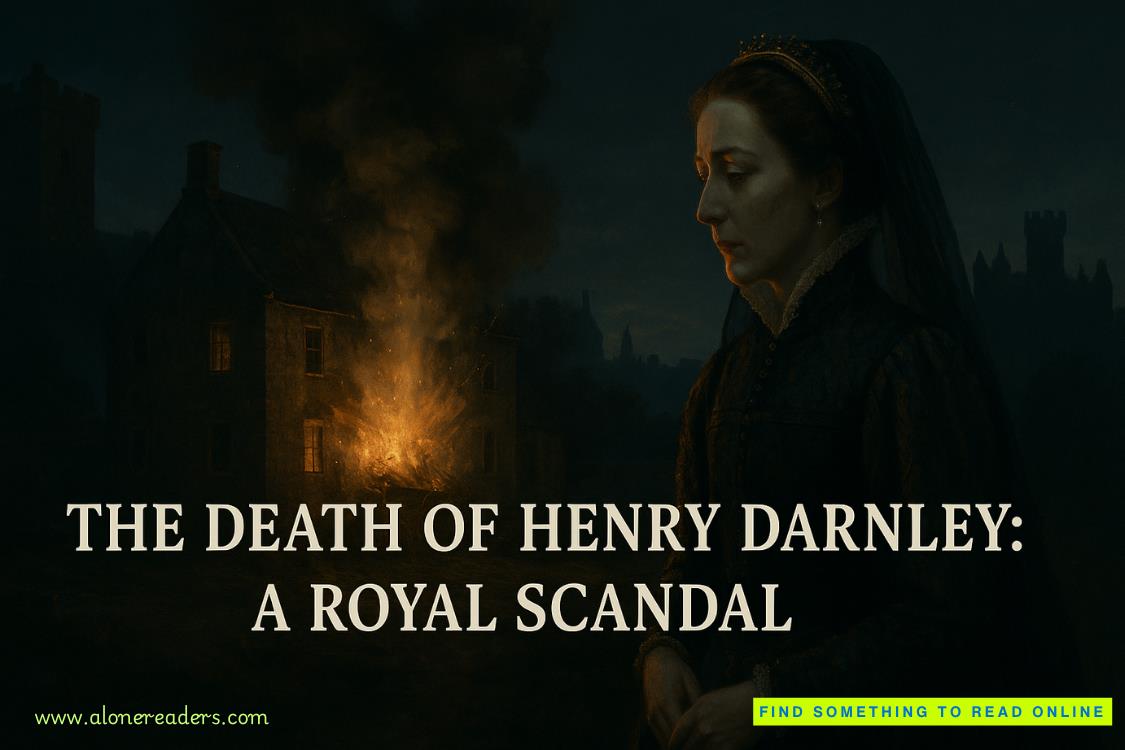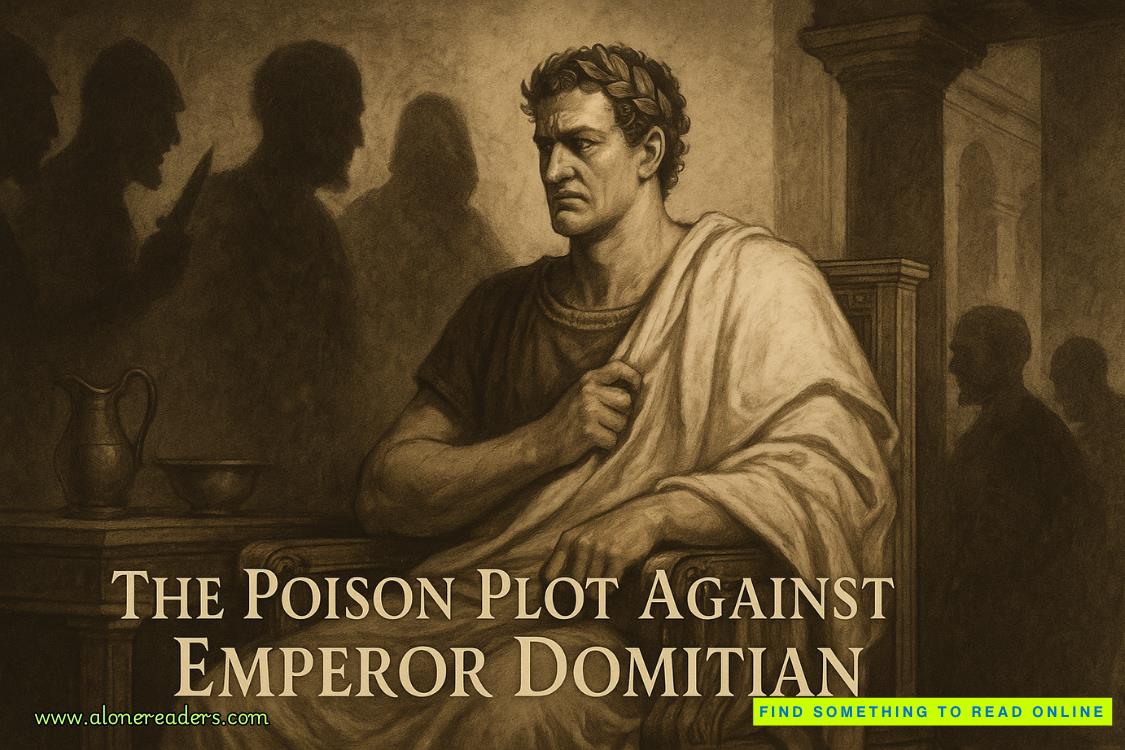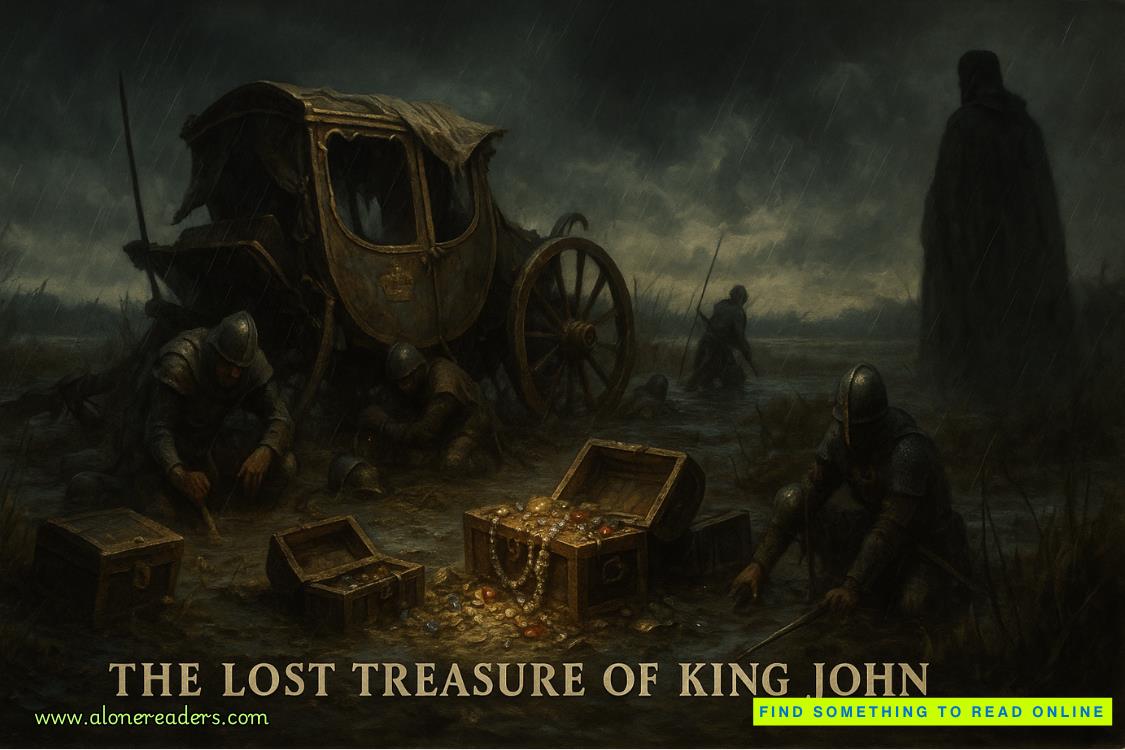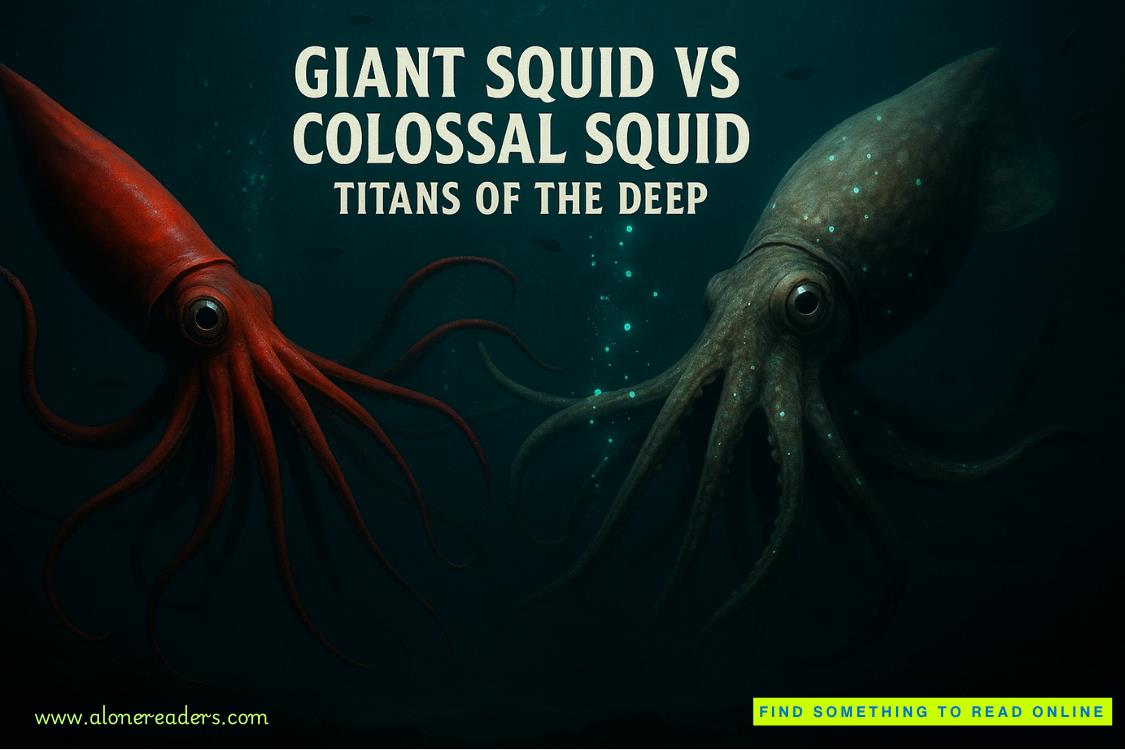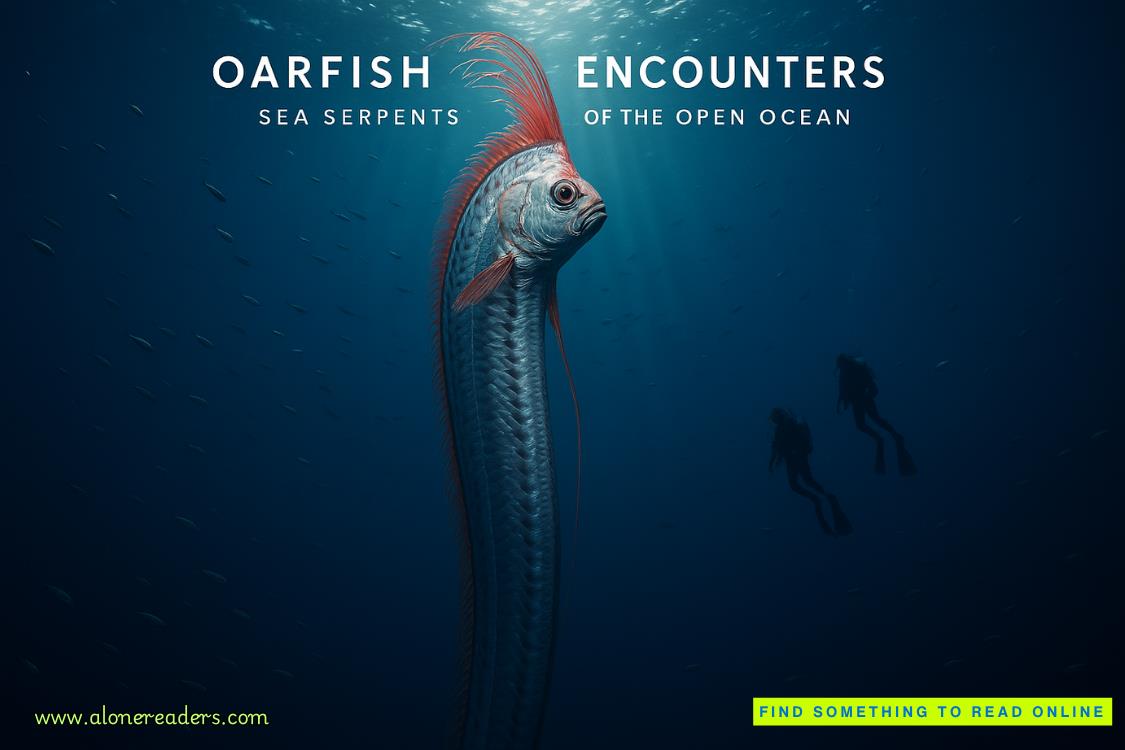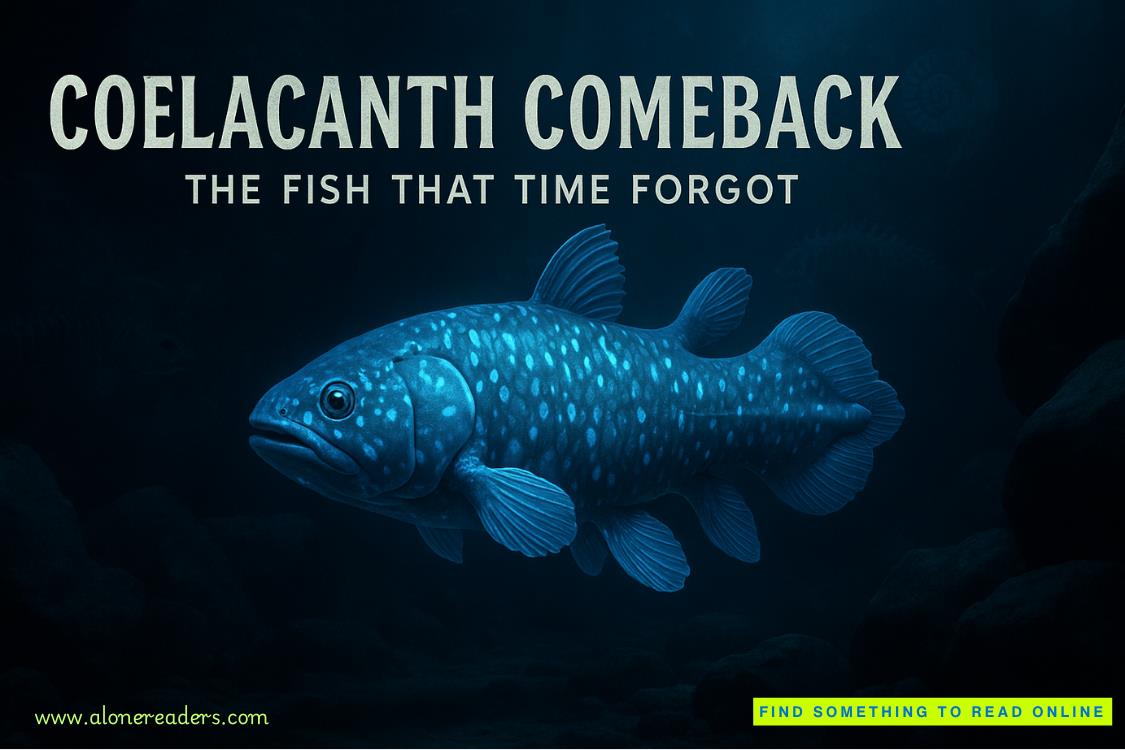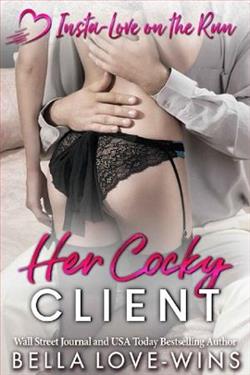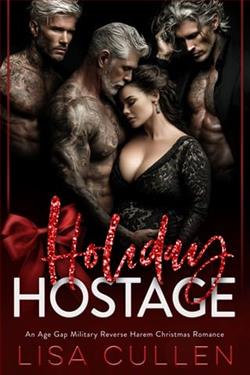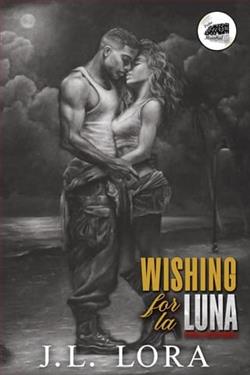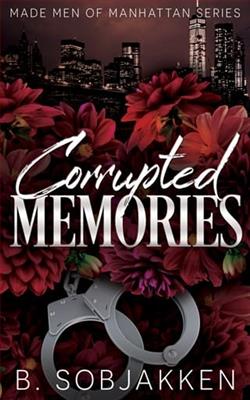Page 161 of Homeport
With the Donatello as the central point, the display showcased the first true burst of artistic innovation that was not simply the foundation for the brilliance of the sixteenth century, but a period of great art in itself.
True, she considered the style of the period less emotional, less passionate. The figural representation even in Masaccio’s work was somewhat static, the human emotions more stylized than real.
But the miracle was that such things existed, and could be studied, analyzed centuries after their execution.
Tapping her finger to her lips, she studied the rest of the room. She’d had the tall windows draped in deep blue fabric that was shot with gold. Tables of varying heights were also spread with it, and on the glittering fabric were the tools of artists of that era. The chisels and palettes, the calipers and brushes. She’d chosen each one herself from the museum display.
It was a pity they had to be closed under glass, but even with such a rich and sophisticated crowd, fingers could become sticky.
On an enormous carved wooden stand a huge Bible sat open to pages painstakingly printed in glorious script by ancient monks. Still other tables were strewn with the jewelry favored by both men and women of the period. There were embroidered slippers, a comb, a woman’s ivory trinket box, each piece carefully chosen for just that spot. Huge iron candle stands flanked the archway.
“Very impressive.” Ryan stepped between them.
“Nearly perfect. Art, with its social, economic, political, and religious foundations. The mid–fourteen hundreds. The birth of Lorenzo the Magnificent, the Peace of Lodi, and the resulting balance, however precarious, of the chief Italian states.”
She gestured to a large map, dated 1454, on the wall. “Florence, Milan, Naples, Venice, and of course, the papacy. The birth too of a new school of thought in art—humanism. Rational inquiry was the key.”
“Art’s never rational.”
“Of course it is.”
He only shook his head. “You’re too busy looking into the work to look at it. Beauty,” he said, gesturing to the serene face of the Madonna, “is a most irrational thing. You’re nervous,” he added when he took her hands and felt the chill on her skin.
“Anxious,” she corrected. “Have you seen the other areas?”
“I thought you’d walk me through.”
“All right, but I don’t have much time. I’m expecting my mother within the hour. I want everything in place when she gets here.”
She walked with him through the room. “I’ve left wide traffic patterns, putting the sculptures—with the Donatello bronze as the centerpiece—out into the room for a full circling view. People should be free to wander, then to move through this egress into the next gallery, the largest, which represents the High Renaissance.”
She stepped through. “We’ll continue the theme here of showing not only the art itself, but what surrounded it, underlay it, inspired it. I’ve used more gold in here, and red. For power, for the church, royalty.”
Her heels clicked on the marble floor as she circled, studying details, looking for any slight adjustment that needed to be made. “This era was richer and had more drama. So much energy. It couldn’t last, but during its brief crest, it produced the most important works of any era before or since.”
“Saints and sinners?”
“I’m sorry?”
“The most popular models of art, saints and sinners. The raw yet elegant sexuality and selfishness of the gods and goddesses, juxtaposed with the brutality of war and cheek by jowl with the grand suffering of the martyr.”
He studied the beatific if somewhat baffled face of Saint Sebastian, who was about lanced through with arrows. “I never got martyrs. I mean, what was the point?”
“Their faith would be the obvious answer.”
“No one can steal your faith, but they can sure as hell take your life—and in nasty, inventive ways.” He hooked his thumbs in his front pockets. “Arrows for the ever popular Sebastian, roasting alive for good old Saint Lorenzo. Crucifixions, body parts lopped off with glee and abandon. Lions, tigers, and bears. Oh my.”
She chuckled in spite of herself. “That is why they’re martyrs.”
“Exactly.” He turned away from Sebastian and beamed at her. “So you’re faced with the pagan horde and their primitive yet hideously efficient implements of torture. Why not just say, ‘Sure, no problem, boys and girls. What god would you prefer I worship today?’ What you say doesn’t change what you think or what you believe, but they can certainly change your status of living.”
He jerked a thumb toward the canvas. “Just ask poor beleaguered Sebastian.”
“I can see you’d have prospered during persecutions.”
“Damn right.”
“What about words like courage, conviction, integrity?”
